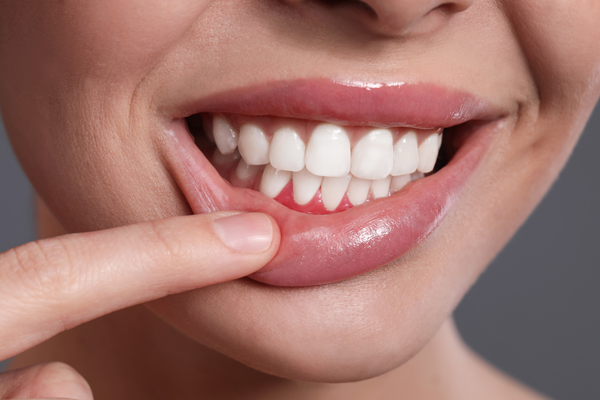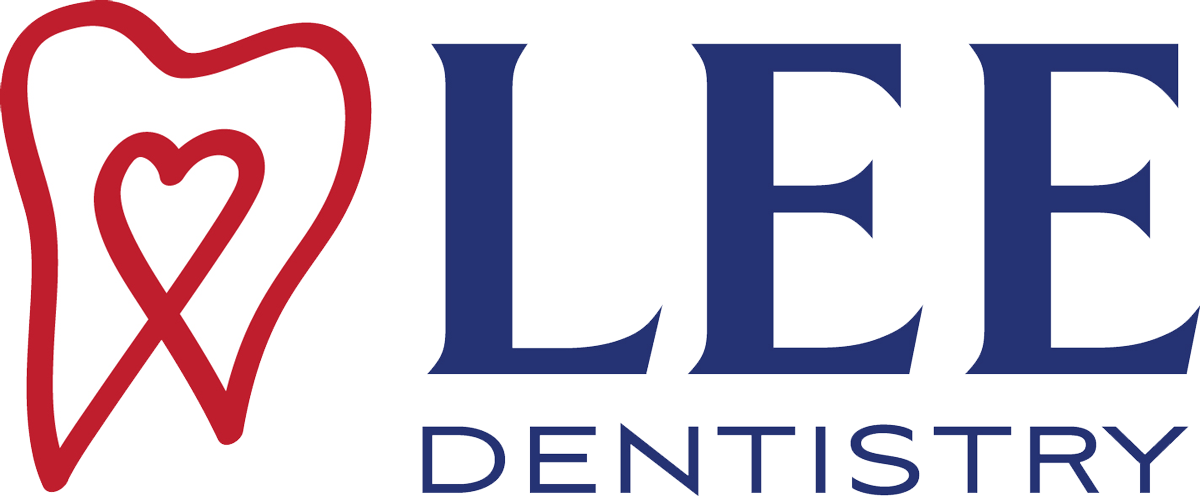


Gum disease treatment is necessary for patients whose tooth decay has progressed enough to cause inflammation of the gumline. Without proper treatment, the gum disease will continue to worsen. Dentists have access to specialized tools that patients cannot use in their homes to remedy the issue. While each person’s oral health situation is unique, most dentists will approach gum disease treatment in roughly the same manner.
Patients experiencing gum disease symptoms may wonder what their next steps might be. Here is an overview of how dentists approach gum disease treatment to help the gums heal before infection becomes deeply rooted in the tissue.
Gum disease treatment from a dentist
Gum disease is incredibly common. In fact, according to the National Library of Medicine, almost half of all adults over the age of 30 have some form of gum disease, and by the age of 65, this number rises to about 70%. The good news is that dentists can treat gum disease and restore a patient’s oral health.
Understanding gum disease
Gum disease, also called gingivitis, is a condition in which the gum tissues become inflamed and potentially infected due to bacterial buildup on the nearby teeth. Usually, gum disease impacts the gum line, the area where the gums connect with the teeth. As bacteria build up on the nearby teeth, a layer of plaque and tartar forms that cannot be removed at home. This hard plaque safely houses bacteria, enabling them to reproduce and create acidic byproducts unaffected by brushing.
A person suffering from gingivitis may have red, inflamed gums that are sore to the touch or puffy in appearance. Over time, this may also worsen to include sores, and the gums may recede or pull away from the teeth, leaving them loose in their sockets.
How gum disease is treated
A dentist can proactively treat gum disease using specialized tools, such as scalers. These metal implements can remove the plaque and tartar layer near the gumline to effectively clean the teeth. Once the area is smooth, bacteria will have more difficulty clinging to the enamel. A dentist may order a patient to rinse with antimicrobial mouthwash for a while to kill the bacteria causing the inflammation.
In other cases, the bacteria may have infiltrated beyond the gum line and into the roots of the teeth. In this situation, a dentist may use a procedure called scaling and root planing to address the bacterial load. The dentist will gently pull the gums away from the teeth to access the rough exterior of the tooth roots, where the bacteria live. They will use tools to thoroughly cleanse this area and remove the bacteria causing the inflammation before resetting the gums to their original position, where they will again bind to the teeth.
The dentist may recommend a graft for patients who have experienced severe gum recession due to genetics or poor oral health. Gum grafting takes living tissue from elsewhere in the mouth (usually the roof) and attaches it to weakened or thin areas, where it bonds with the tissue and forms a stronger gumline. This procedure takes a few weeks to recover from, but it can keep teeth stable if they have already been affected by gum disease. However, keep in mind that if the underlying issue that caused the recession is not addressed, the new gum tissue will also likely start to suffer.
Will gum disease come back?
Gum disease can be tricky to eliminate, especially without help from a dental professional. The earliest stages of gingivitis are reversible with good oral health care and consistent visits to the dentist for treatment. In fact, patients who are suffering from gum disease typically benefit from seeing the dentist more often — usually every three months instead of every half year — to prevent gingivitis from returning.
However, if a patient does not receive treatment for their gum disease or if they are not vigilant in maintaining their results after treatment, their gum disease can progress to a more serious form called periodontitis. This infection is no longer curable, though it can be managed with regular care.
Schedule an appointment for gum disease treatment
If you are experiencing symptoms of gum disease, it is essential to seek treatment as soon as possible, before the inflammation turns into periodontitis. Our team can help you spot gum disease in its earliest stages and get the treatment you need quickly. Contact our office to schedule an appointment.
Request an appointment here: https://www.leedentistryoxford.com or call Lee Family and Cosmetic Dentistry at (662) 546-1143 for an appointment in our Oxford office.
Check out what others are saying about our dental services on Yelp: Gum Disease in Oxford, MS.
Related Posts
Gum disease treatment remains a cornerstone in modern dentistry and aims to preserve healthy gums, teeth, and underlying bone structure. This comprehensive approach protects oral health and prevents tooth loss by addressing plaque buildup and inflammation. Gum disease develops when plaque bacteria irritate the gum tissues, creating redness, swelling, and, if unchecked, progressive damage to…
Although there are often no painful symptoms of gum disease in the early stages, it is crucial to treat gum disease as soon as it is detected. Otherwise, the disease could worsen or lead to more severe oral health concerns that require extensive treatment to address properly.Understanding the dangers of gum disease can provide the…
Oral cancer is a serious disease that requires intensive treatment and care. This condition can affect any portion of the mouth, including the tonsils and salivary glands. Treatment for the disease includes surgery and may also involve radiation or chemotherapy.It is important for people to understand the risk factors and what can cause this condition.…
Regular visits with a trusted dental professional are essential in keeping your teeth and gums healthy in the long run. A preventive dentist can help you maintain good oral health. By focusing on regular dental care and proactive treatments, you can prevent the need for extensive treatments in the future. Regular visits to a preventive…

